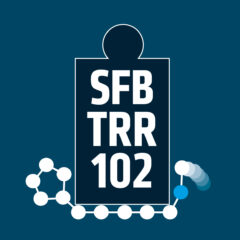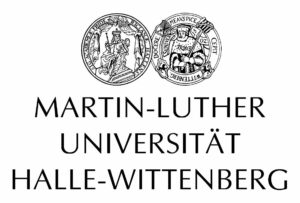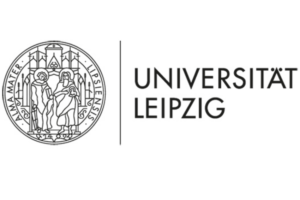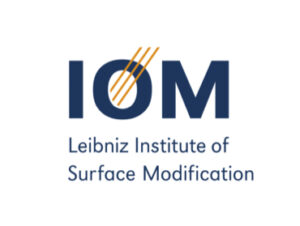Balbach/Binder
The fibrillar aggregation of proteins has received increasing attention due to the involvement of such proteins in a variety of neurodegenerative diseases, such as Alzheimer’s, Parkinson’s, and Prion diseases. Preliminary work was mainly directed towards the formation of highly ordered cross-β structure of the irreversibly-aggregating protein amyloid beta 1-40 (Aβ40) in the presence of synthetic polymers or as protein/polymer conjugates. The project was dedicated to studying the molecular ordering of reversibly-aggregating proteins, such as the parathyroid hormone PTH, conjugated to synthetic polymers, able to modify its conformation and thus aggregation. The PTH protein contained at the N-terminus a partially α-helical conformation, and the C-terminal half was intrinsically disordered. In contrast to Aβ40, the formation of PTH fibrils from the monomeric peptides was reversible. Previous work employing biophysical methods and NMR spectroscopy had provided amyloid fibrils of PTH, where these α-helical residues converted into a constrained cross-β-structure. Currently, it was unclear which part of the protein was responsible for the disclosed secondary-nucleation mechanism, which was planned to be elucidated in the next funding period by generating polymer/PTH-conjugates, where the polymer-conformation and its shielding of specific parts of the PTH-protein could be adjusted and modulated by external stimuli. These external stimuli added or reduced constrains via the synthetic polymer moiety towards PTH. Contrary, PTH might have contributed constraints modulating conformational changes of the polymer moiety. To this endeavor, we had planned to conjugate the PTH protein to appropriate synthetic polymers, able to modulate the assembly of these hybrids in a reversible/switchable manner (e.g., by temperature, solvent, or light). These systems allowed switching and a detailed study of molecular contact-areas between the attached polymer and the protein by NMR-spectroscopy. They further aimed to elucidate the fibrillation mechanism of the hormone and how to control the monomer release. Together, these hybrid molecules had harbored a wealth of physico-chemical properties, which we aimed to understand based on fundamental principles.
Highlighted Publications:
- Z. Evgrafova, B. Voigt, M. Baumann, M. Stephani, W. H. Binder, and J. Balbach, Probing polymer chain conformation and fibril formation of peptide conjugates ChemPhysChem 20, 236-240 (2019)
- Bruno Voigt, Maria Ott, Jochen Balbach, A Competition of Secondary and Primary Nucleation Controls Amyloid Fibril Formation of the Parathyroid Hormone. Macromolecular Bioscience
- André Paschold, Bruno Voigt, Gerd Hause, Tim Kohlmann, Sven Rothemund, Wolfgang H. Binder, Modulating the Fibrillization of Parathyroid-Hormone (PTH) Peptides: Azo-Switches as Reversible and Catalytic EntitiesBiomedicine 10, 1512 (2022)
Other publications of this group:Matthias Rohmer, Jan Freudenberg, Wolfgang Hubertus Binder,Secondary Structures in Synthetic Poly(Amino Acids): Homo- and Copolymers of Poly(Aib), Poly(Glu), and Poly(Asp)Macromol ...
Read MoreBruno Voigt, Maria Ott, Jochen Balbach,A Competition of Secondary and Primary Nucleation Controls Amyloid Fibril Formation of the Parathyroid HormoneMacromol ...
Read MoreNewton Sen, Caroline Haupt, Gerd Hause, Kirsten Bacia, Wolfgang H. Binder,Inhibition of the Fibrillation of Amyloid Aβ1-40 by Hybrid-Lipid-Polymer VesiclesMacromol ...
Read MoreInactivation of Parathyroid Hormone: Perspectives of Drug Discovery to Combating HyperparathyroidismAmit Kumar and Jochen Balbach,Inactivation of Parathyroid Hormone: Perspectives of Drug Discovery to Combating HyperparathyroidismCurr. Mol. Pharmacol. 15, 292-305 (2022) ...
Read MoreLuca M. Lauth, Bruno Voigt, Twinkle Bhatia, Lisa Machner, Jochen Balbach, Maria Ott,Heparin promotes rapid fibrillation of the basic parathyroid ...
Read More






